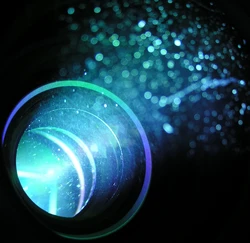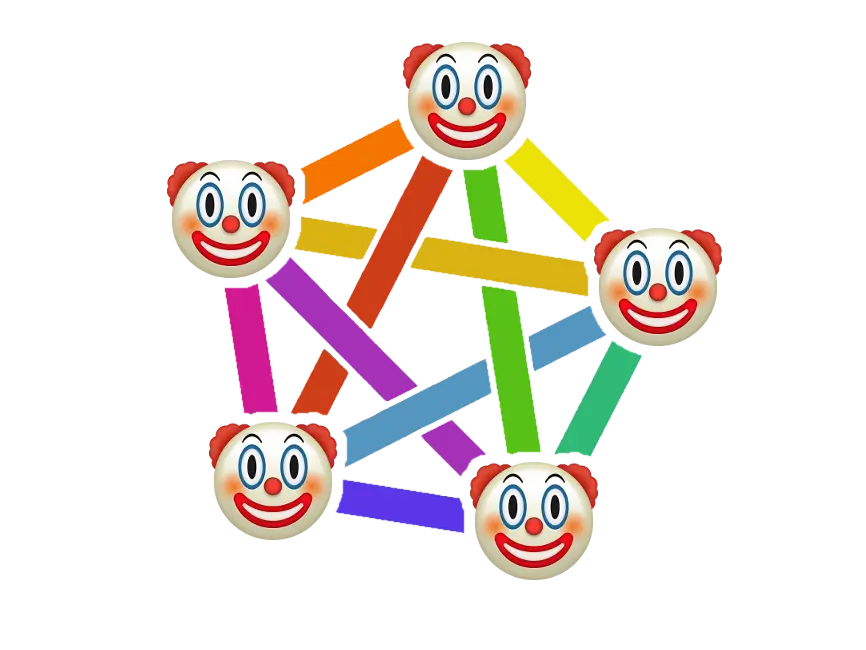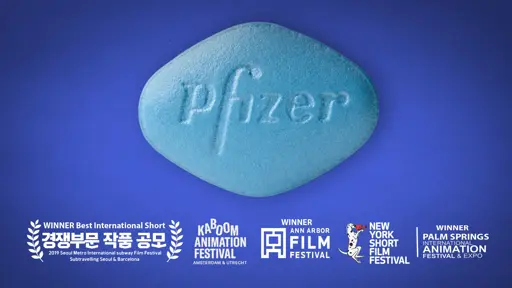
- 6 Posts
- 123 Comments

 4·14 days ago
4·14 days agoYeah, I can think of a hundred reasons why that would be a bad idea. Then again, I’m really tired of these 2.5+ hr movies with no break.
The intermission during The Brutalist was such a treat.

 161·14 days ago
161·14 days agoTheaters can survive… but they’ll need to change.
-
Fuck off with the pre-roll ads. Abusing a captive audience that literally paid to be there was a shitty move in the first place, but now that people have the easy option of staying home, it’s not something that can be afforded any longer.
-
Fewer screens. The multiplex isn’t the future. Movie houses with 1-3 screens will be the ones to survive.
-
Accommodate breaks. Construct auditoriums that allow people to get a toilet break without missing the show – integrate bathrooms into auditoriums, innovate with quiet/silent plumbing & ventilation, and pump the movie audio into the bathrooms. Controversial take: experiment with inserting intermissions.
-
Lean heavily into multi-use. Theater owners should strive to integrate live sports, television premieres & finales and live performances (drama, music, etc) into their venue’s event calendar.
-

 121·16 days ago
121·16 days agoThat’s a surprisingly deep list.

 10·16 days ago
10·16 days agoLemmy’s ‘Create Post’ page includes an automatic search within the specified communities for posts with similar titles and descriptions. This is extremely helpful in preventing similar items from being posted again and again, helping save valuable time for mods and admins.
Piefed doesn’t have this.
That’s basically the only feature keeping me on Lemmy at this point.

 1·17 days ago
1·17 days ago- Speed Racer (2008)
- Gravity (2013)
- 2001: A Space Odyssey (1969)
- The Fall (2006)
- Akira (1988)
- The Last Circus (2010)
- Children of the Sea (2019)
- The Holy Mountain (1973)
- Sorcerer (1977)
- Shoot 'Em Up (2007)
- Dark City (1998)
- Oklahoma! (1955, the ToddAO version)
- Fall (2022)
- What Dreams May Come (1998)

 51·19 days ago
51·19 days agoHere’s the video example. (Note: the file upload feature seems to be choking on the file, so download it here instead…)

 31·22 days ago
31·22 days agoDon’t threaten me with a good time.

 20·26 days ago
20·26 days agoSeason 2, episode 1, Be Right Back.

 12·28 days ago
12·28 days agoIt seems that the major national theater chains aren’t playing nice with Netflix at the moment. Wake Up Dead Man, along with Frankenstein, are only screening in relatively small local theaters.
But you know what? I love it. I don’t have a lot of money to spend, but what money I do have to see movies, I really want to give to those kinds of venues.
Corporate multiplexes can suck eggs.

 2·28 days ago
2·28 days agoI’m in for whoever has the best plans for Babylon 5.

 2·29 days ago
2·29 days agoI’d love to see the online chatter about a potential WB acquisition by Netflix be peppered with speculation about the future of the Babylon 5 franchise.

 11·1 month ago
11·1 month agoSeeing the comments here, I’m reposting what I said in the [email protected] community earlier today:
Look at the last 5 original properties released by Walt Disney Animation (not Pixar)…
- Wish (2023, budget $200M, box office $255M) (+$55M)
- Strange World (2022, budget $180M, box office $74M) (-$106M)
- Encanto (2021, budget $150M, box office $261M) (+$111M)
- Raya and the Last Dragon (2021, budget $100M, box office $130M) (+$30M)
- Moana (2016, budget $175M, box office $672M) (+$497M)
…versus the last 5 live-ish-action re-hashes of existing properties…
- Lilo & Stitch (2025, budget $100M, box office $1038M) (+$938M)
- Snow White (2025, budget $270M, box office $206M) (-$64M)
- Mufasa: The Lion King (2024, budget $200M, box office $723M) (+$523M)
- The Little Mermaid (2023, budget $240M, box office $570M) (+$330M)
- Cruella (2021, budget $100M, box office $234M) (+$134M)
You and I might hate them, but they’re a better financial bet. There is, literally, no accounting for good taste (at least in the short term).
Disney hasn’t abandoned the development of new animated film properties (Hexed in 2026, Gatto in 2027). They know that it’s wise to keep building from scratch, if only to uncover new gems that can then be rehashed for even more money later.
Also, one of the primary reasons I spend so much effort maintaining the content of [the trailers] community is to help uncover new movies that may have otherwise slipped under someone’s radar. If you want new animated films, you don’t have to rely on the mouse house.

 21·1 month ago
21·1 month agoIt’s a casual reminder that sequels and rehashing existing IP are easy money.

 28·1 month ago
28·1 month agoI’d been waiting for Valve’s latest hardware before jumping into VR home experiences. I hope the real-world product reviews live up to expectations.

 2·1 month ago
2·1 month agoThrowing a big second behind Sister Midnight. Loved that one.

 2·1 month ago
2·1 month ago“Select theaters” == NYC and LA: https://www.neonrated.com/film/arco

 4·1 month ago
4·1 month agoFirst line:
As slow as the box office has been this month, it could have been so much worse had it not been for an unprecedented savior: anime.
Theatrical venues, starved for features whose theatrical window has gone from 6-12 months to a matter of weeks, is basically willing to screen anything that puts butts in seats.

 8·2 months ago
8·2 months agoBlah blah blah blah one existing screen in the US…
- Dallas, TX: Cinemark Webb Chapel
…plus 3 more before next year:
- Woodridge, IL (Chicago): Cinemark Seven Bridges
- Colorado Springs, CO: Cinemark Carefree Circle
- Rochester, NY: Cinemark Tinseltown




Inflation is real. Revenue milestones mean nothing.